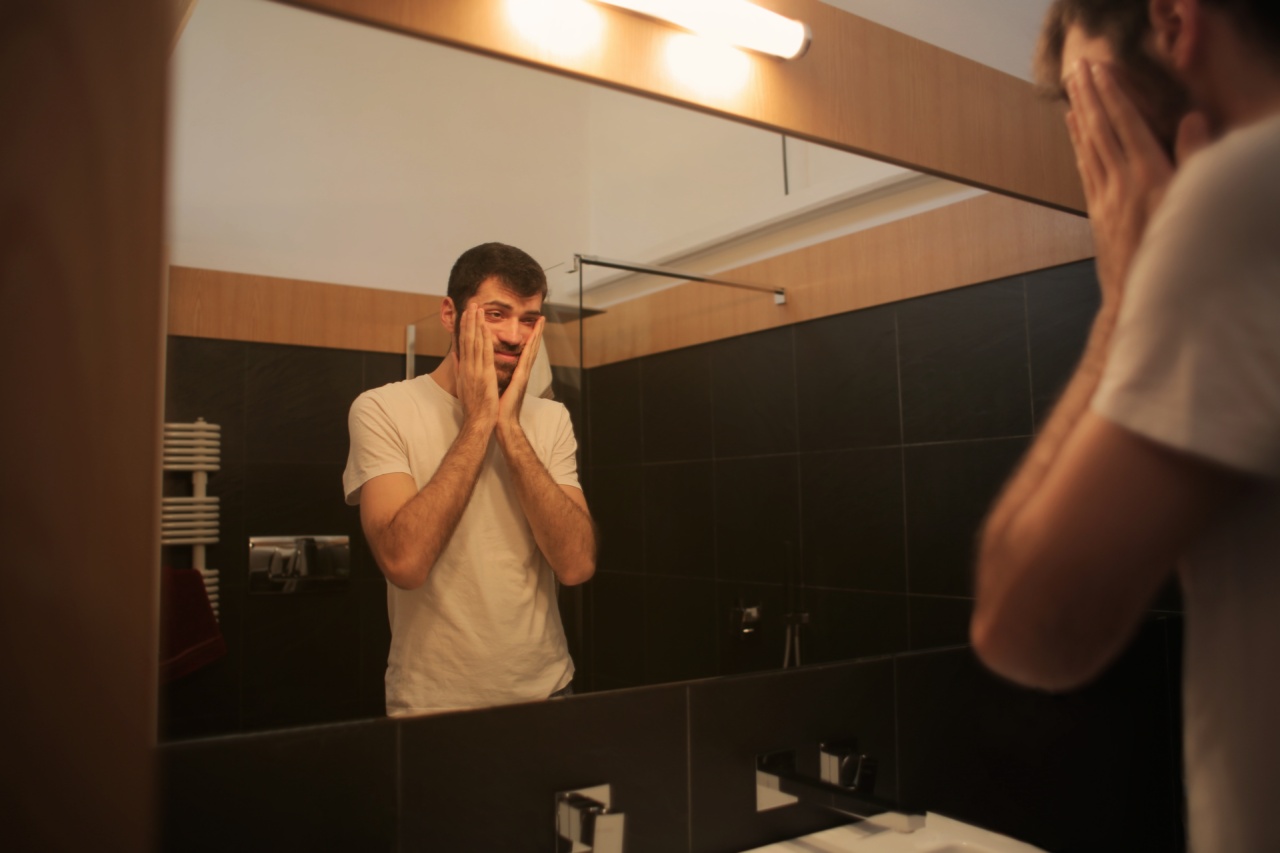When it comes to pain relief, we often think of medication, massages, or even surgeries. However, there is another method that has been gaining popularity in recent years – light therapy.
What is Light Therapy?
Light therapy, also known as phototherapy, is a treatment method that uses specific wavelengths of light to stimulate healing and reduce pain. This form of therapy can be used on its own or in conjunction with other treatments.
It has been used to treat a variety of conditions, including chronic pain, depression, and seasonal affective disorder.
How Does Light Therapy Work?
Light therapy works by delivering specific wavelengths of light to the body. These wavelengths penetrate the skin and are absorbed by the cells, triggering various physiological responses.
Depending on the wavelength and the condition being treated, these responses can include:.
- The release of endorphins, which are the body’s natural painkillers
- Increased blood flow, which can reduce inflammation and promote healing
- The release of serotonin, which can improve mood and reduce anxiety
Types of Light Therapy
There are several types of light therapy, each of which uses a different wavelength of light and is best suited for specific conditions. The most common types of light therapy include:.
Red Light Therapy
Red light therapy uses red or near-infrared light to stimulate cell repair and regeneration. It can be used to treat conditions such as arthritis, chronic pain, and skin conditions.
Blue Light Therapy
Blue light therapy uses blue light to kill bacteria and reduce inflammation. It is often used to treat acne, psoriasis, and other skin conditions.
Green Light Therapy
Green light therapy uses green light to reduce hyperpigmentation and promote an even skin tone. It can also be used to reduce inflammation and treat migraine headaches.
The Benefits of Light Therapy for Pain Relief
Light therapy has several benefits when it comes to pain relief. Some of the key benefits include:.
- Non-invasive: Light therapy is a non-invasive treatment method that does not require surgery, injections, or medication.
- No side effects: Unlike many medications, light therapy has no known side effects.
- Cost-effective: Light therapy treatments are relatively inexpensive compared to other forms of pain relief.
- Quick results: Many people experience relief from pain after just a few light therapy sessions.
How to Use Light Therapy for Pain Relief
Light therapy can be used at home or in a professional setting. If you are using light therapy at home, it is important to choose the right type of light for your condition and to follow the manufacturer’s instructions carefully.
If you are using light therapy in a professional setting, your healthcare provider will determine the best type of light and the optimal treatment schedule for your condition.
Precautions and Risks
While light therapy is generally safe, there are some precautions and risks to be aware of. These include:.
- Eye damage: Direct exposure to certain types of light, such as UV light, can damage the eyes. It is important to wear protective goggles or avoid looking directly at the light source.
- Medication interactions: Light therapy can interfere with certain medications, such as antibiotics and anti-inflammatory drugs. It is important to talk to your healthcare provider before starting light therapy if you are taking any medications.
- Photosensitivity: Some people may experience an increased sensitivity to light, which can cause skin irritation or rash. If you have a history of photosensitivity, talk to your healthcare provider before starting light therapy.
Conclusion
Light therapy is a safe and effective treatment method for chronic pain and a variety of other conditions.
Whether you choose to use light therapy at home or in a professional setting, it is important to choose the right type of light and to follow the manufacturer’s instructions carefully. With the right precautions and treatment schedule, you can experience relief from pain and other symptoms.






























